Is your workforce expanding? You might want to consider switching to cloud computing.
Traditional computing, with its physical data centers and limited flexibility, can make managing a growing number of employees more difficult than it needs to be. Granted, it has its advantages—it provides full control over hardware and software while offering a high level of data security, among other things—but it’s also difficult to scale up (or down) to meet changing needs as it requires buying additional hardware to house increasing data volumes. Not to mention the cost of it all.
Enter cloud computing—a highly flexible yet cost-effective solution that can grow alongside your organization. In simple terms, because it eliminates the need for on-site infrastructure, cloud computing offers scalability, accessibility, and cost-efficiency that physical systems simply can’t match.
Cloud Computing: Transitioning Wisely to Reap the Benefits
Cloud computing brings a host of advantages over traditional on-premises systems. It’s faster, more flexible, and scalable, allowing businesses to access cutting-edge technology without the heavy investment in physical data centers.
With the cloud, you can store and process vast amounts of data securely, access software from anywhere, and integrate systems effortlessly. These benefits explain why so many companies are making the switch—but the transition itself requires careful planning.
To make the transition easy, start by clearly communicating the advantages of the cloud to your team and how it will improve workflows. Then, provide tailored training based on roles. HR professionals might need hands-on sessions to navigate cloud-based analytics, while IT staff require in-depth knowledge about system integrations and security configurations.
Encouraging your team to take advanced cloud courses, like those offered on platforms such as DataCamp, is also a good idea because these cover all the essential skills, from cloud fundamentals to advanced implementation strategies.
You should also supplement these efforts with ongoing resources, like short guides or video tutorials, to support employees as they adapt. When done right, this investment in training ensures your team feels confident and prepared to leverage the full potential of cloud computing. And once everyone is on board, the advantages—like enhanced efficiency, better data security, and scalability—become tangible across the organization.
How Cloud Computing Enhances HR Efficiency
HR systems that are based on traditional computing solutions often suffer from slow processes, limited accessibility, and clunky interfaces. Cloud computing, on the other hand, offers streamlined solutions that save time and resources. Here’s how:
-
Centralized Data Access: With the cloud, your team can access employee records, payroll details, and compliance documents from anywhere, at any time. This is because cloud-based HR systems store data in centralized, secure locations, making it easier for authorized users to retrieve and update information. This accessibility is especially valuable for remote or hybrid teams.
-
Automation of Repetitive Tasks: Whether it’s scheduling interviews, generating performance reports, or onboarding new hires, cloud platforms often come with automation features. These tools free up your HR staff to focus on strategic initiatives, not administrative drudgery.
-
Strengthening Data Security: You might worry about storing sensitive employee data in the cloud—and rightly so. However modern cloud providers invest heavily in security measures that often surpass what individual companies can implement in-house. These typically include features like encryption, multi-factor authentication, and regular security updates. Plus, many platforms are compliant with standards like GDPR or ISO 27001, offering an extra layer of assurance.
Boosting Employee Engagement
In addition to improving efficiency, cloud computing can also boost employee engagement. With cloud-based platforms, you can:
-
Offer Self-Service Portals: This way, your employees can access pay stubs, benefits information, and even leave requests directly.
Scalability for Growing Businesses
HR needs to evolve as your company grows, and cloud computing makes it easier to scale your systems without the costs or delays tied to physical upgrades.
For instance, adding users or increasing storage space is usually as simple as adjusting your subscription. This flexibility ensures your HR tools remain aligned with your business goals, no matter how fast you expand.


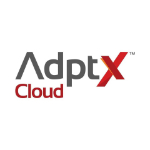
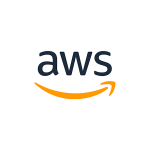


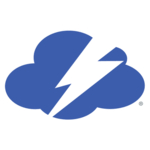

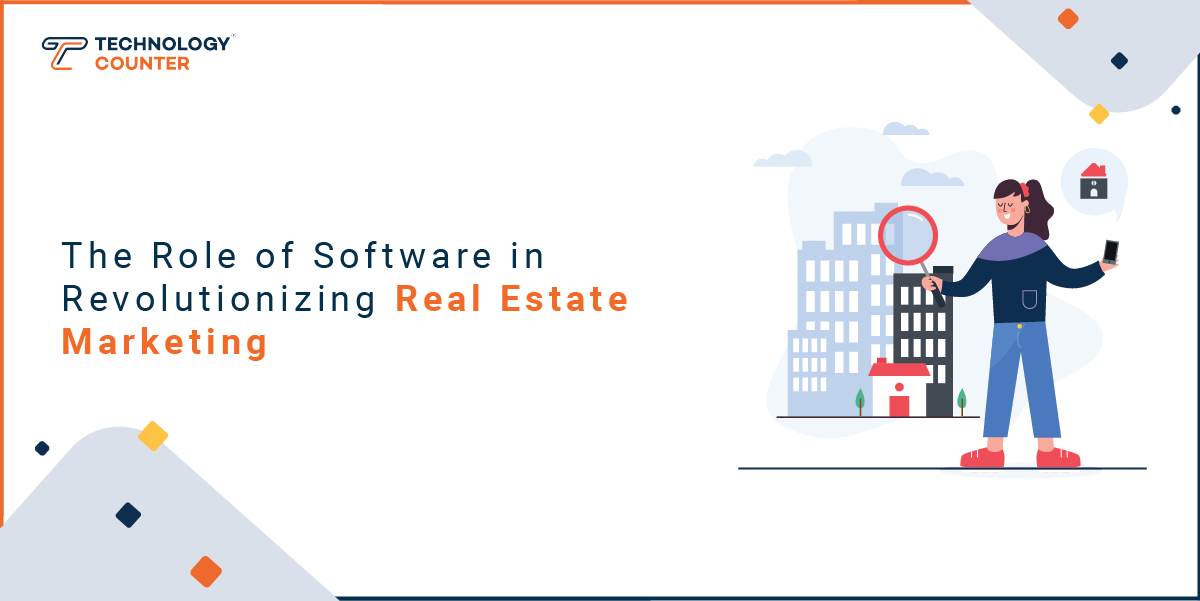
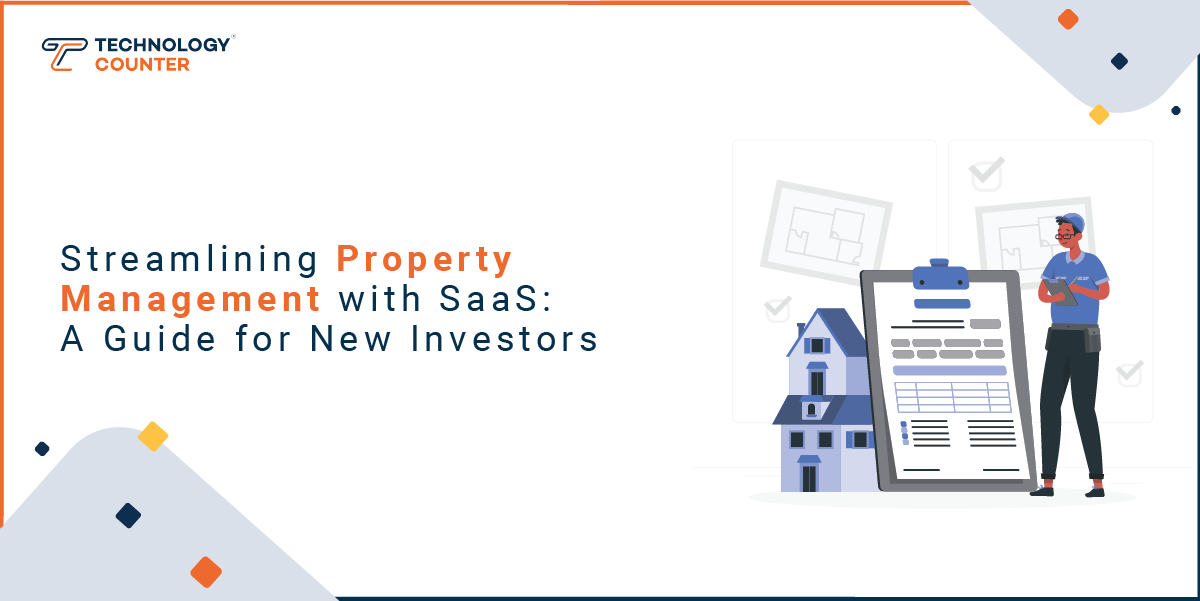
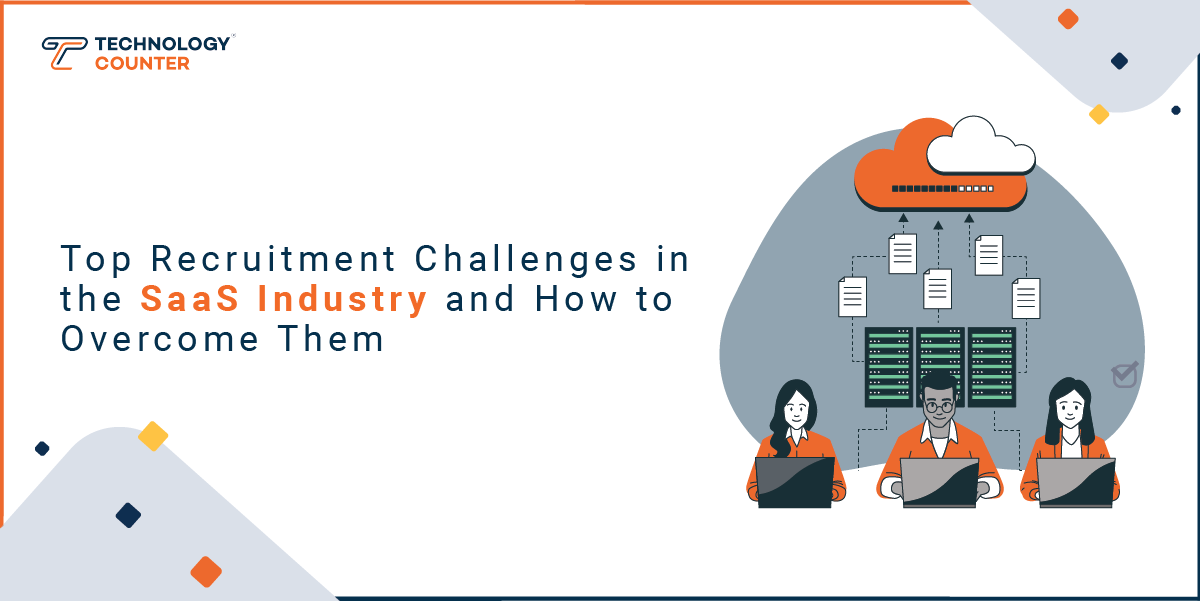
Post your comment